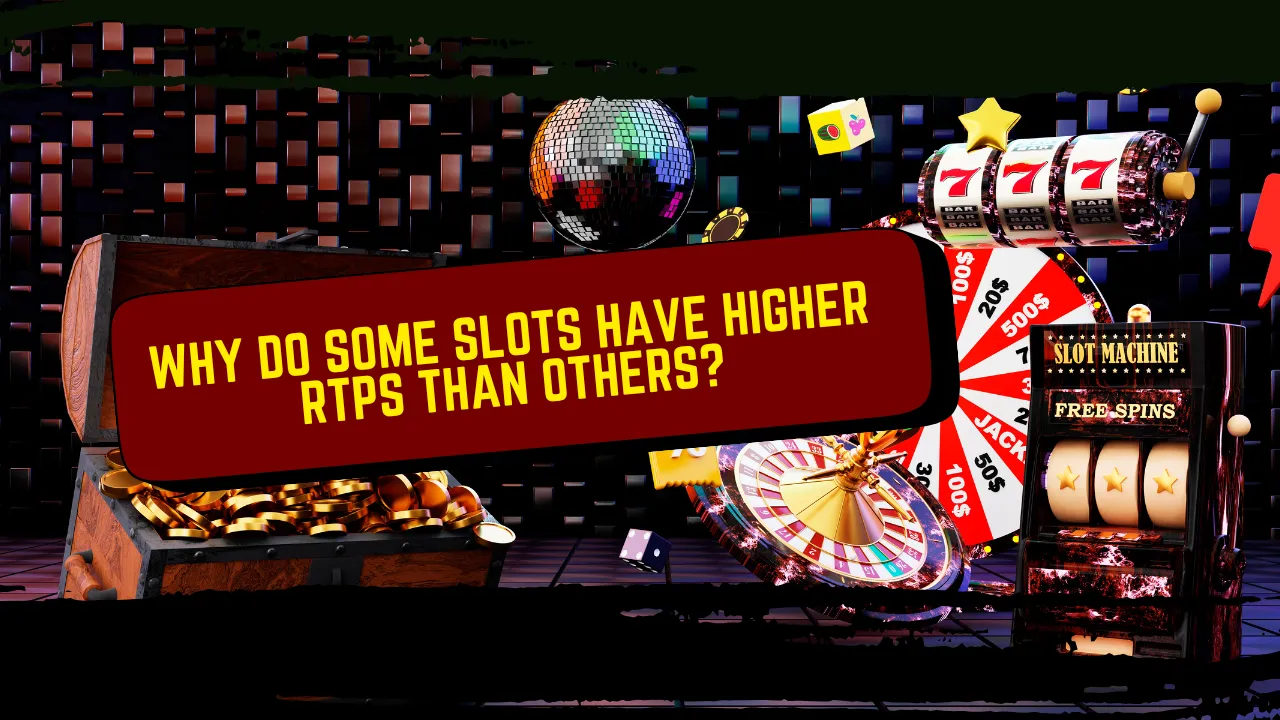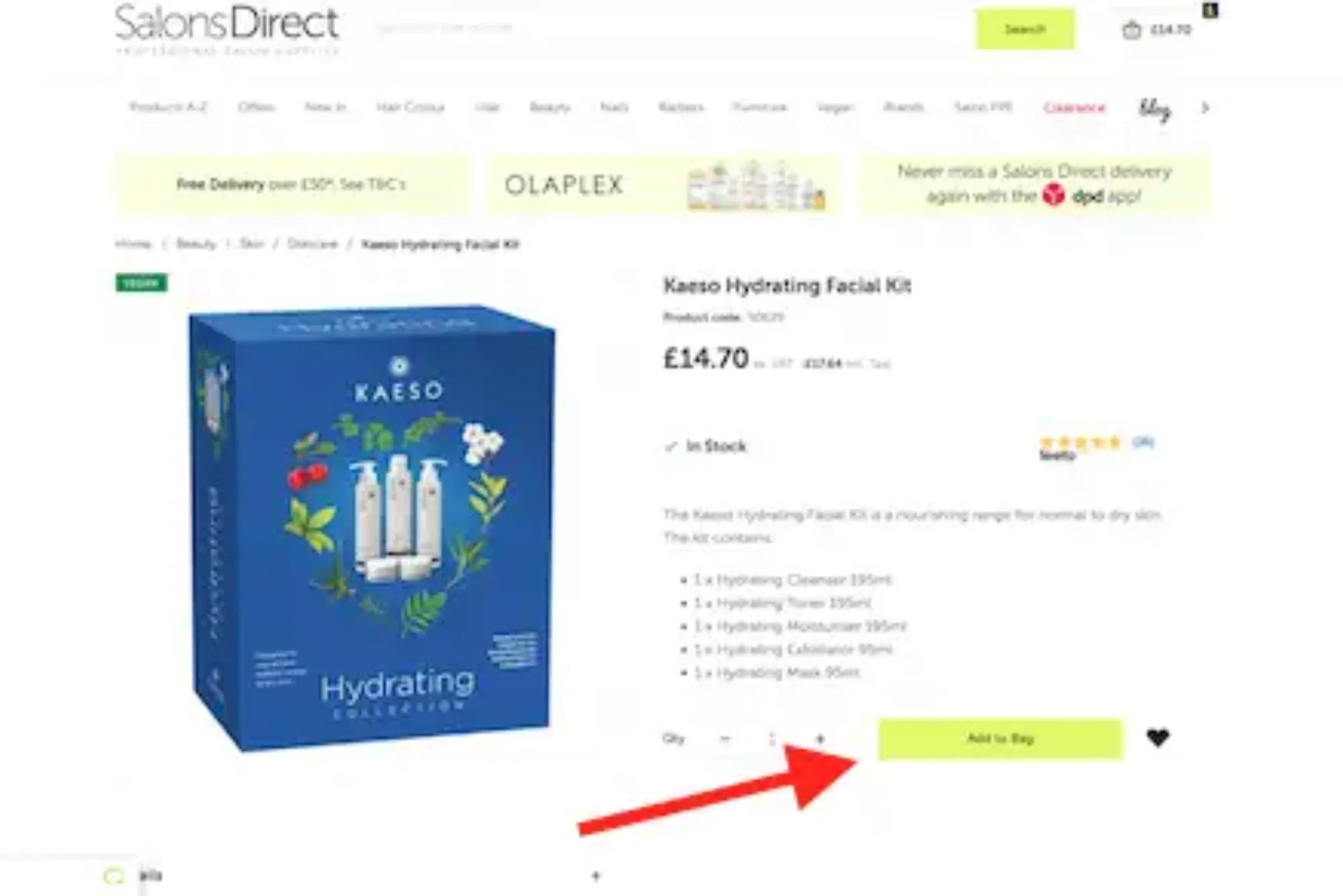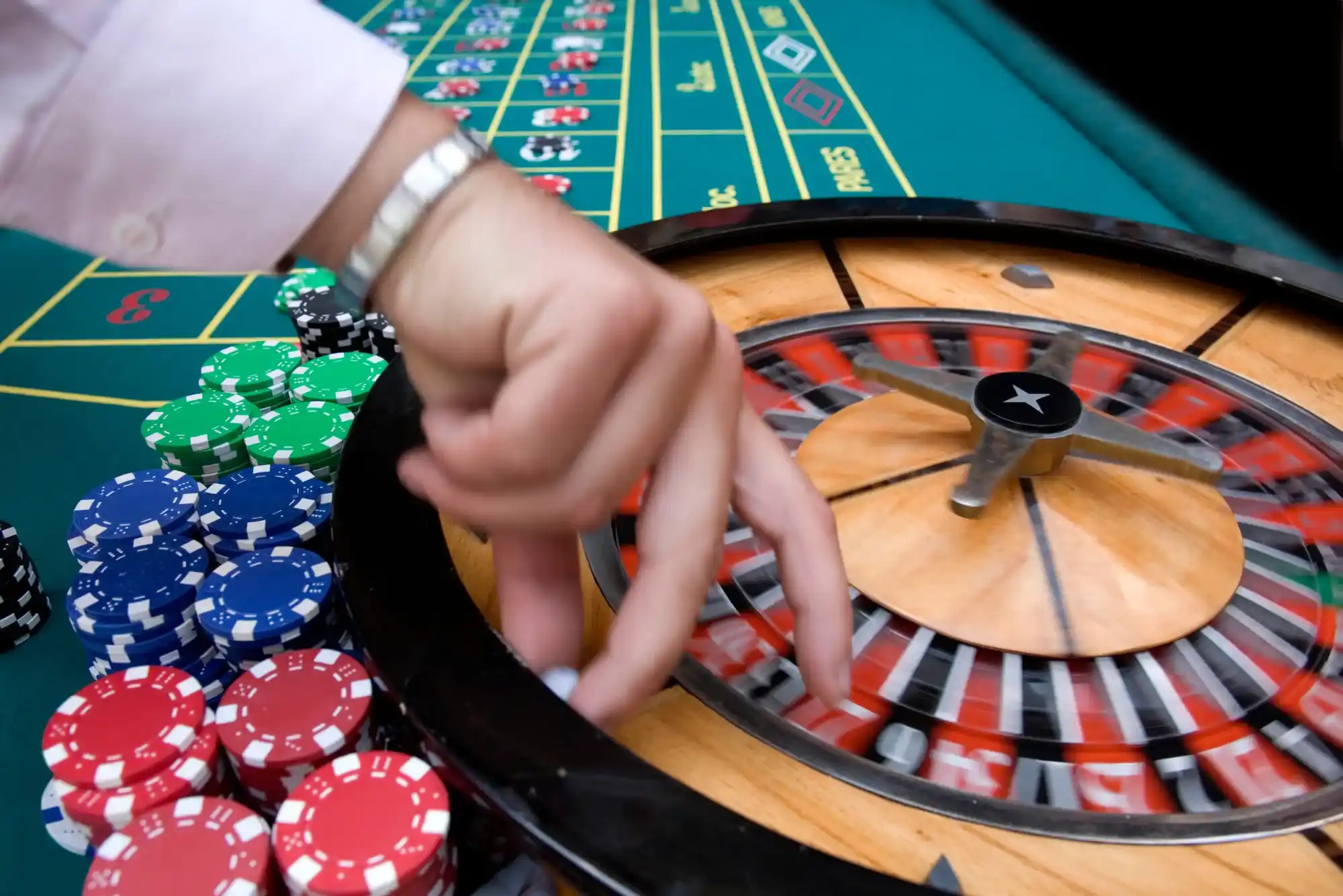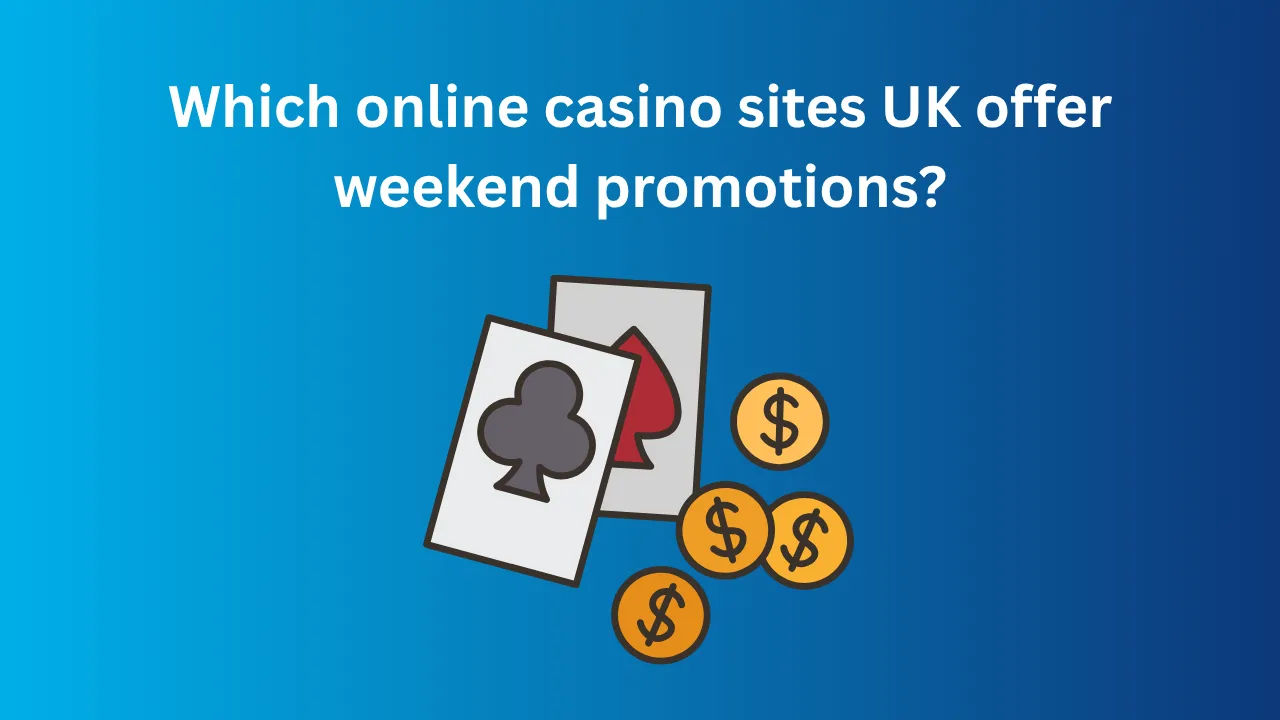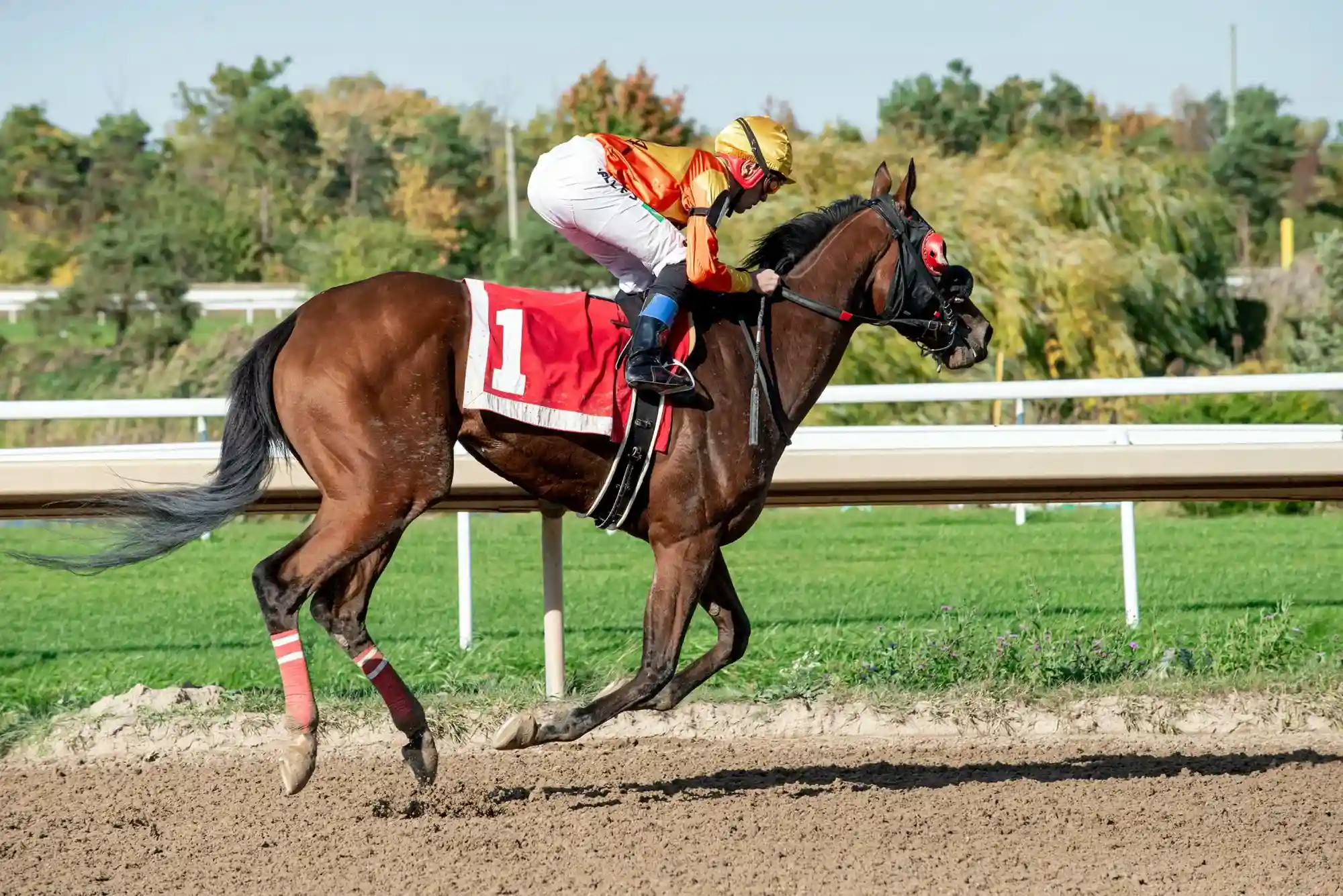If you’ve ever spent time playing online slots, you’ve probably come across the term RTP — Return to Player. It’s one of the most important figures to understand when choosing a slot, yet many players only have a vague idea of what it really means. Even more puzzling is why some games boast an RTP as high as 97% while others sit closer to 92%. That small difference can have a huge impact on your long-term chances, but the reasons behind it are more complex than they first appear.
As someone who has studied the gambling industry closely, I’ve found that the mechanics of RTP are not just about math — they reflect game design choices, market regulations, and even psychology. Let’s explore why some slots consistently offer higher RTPs than others, and what it means for you as a player.
The Influence of Market and Regulation
One of the biggest factors shaping RTP levels is regulation. Different markets set different standards, and casinos adjust accordingly. For example, in highly regulated jurisdictions like the UK, operators often have to balance strict compliance costs with offering competitive payouts. This sometimes leads to lower RTPs in certain slots, especially in physical casinos where overheads are higher.
On the other hand, players exploring options at non uk regulated casinos will often find games with noticeably higher RTP percentages. The reason is simple: operators in these markets have more flexibility in setting payout ratios, without the same level of licensing fees or mandatory tax structures. While this can benefit players in terms of better returns, it also comes with trade-offs, such as reduced consumer protection and fewer responsible gambling tools.
So, the region where you play has a major role in determining what kind of RTP you’ll encounter, and it’s worth being aware of how these rules vary.
How Game Developers Balance RTP and Gameplay
Behind every slot is a game studio that has to make strategic choices about design. RTP is essentially the mathematical backbone of the game — it dictates how much of the money wagered is returned to players over the long run. But it doesn’t exist in isolation.
Developers adjust RTP alongside other elements like volatility, bonus features, and jackpot potential. For instance, a slot with frequent small wins might have a higher RTP because payouts are more evenly distributed. Meanwhile, a high-volatility slot with massive jackpot potential often lowers the RTP slightly to account for the rare but life-changing wins.
Think of it as a balancing act: the more exciting the features and prize potential, the more likely it is that RTP will be trimmed a little to keep the game profitable for both the developer and the casino.
The Role of Land-Based vs Online Casinos
Another key factor is where you’re playing. Land-based casinos usually offer lower RTPs than online casinos, and the reasons are mostly financial. Running a physical venue means paying for staff, electricity, machines, security, and entertainment. To cover these costs, casinos tend to set slot RTPs lower, often in the range of 85–90%.
Online casinos don’t have the same overheads. They can offer slots with RTPs ranging from 95% up to 98% or higher. This is why many players prefer digital platforms for slots — the long-term expected return is simply more favorable. It also explains why online-exclusive titles sometimes advertise exceptionally high RTPs, using them as a marketing tool to attract players in a highly competitive space.
RTP as a Marketing Strategy
It’s easy to think of RTP as a rigid number, but for many casinos it’s also a marketing choice. A casino that promotes its “high RTP slots” is trying to stand out in a crowded market. Some developers even release multiple versions of the same slot with different RTP settings, allowing operators to choose which one best fits their strategy.
For instance, one casino might run the 96% RTP version of a popular slot, while another offers it at 94%. Players who do their homework can quickly identify where they’re getting better value for money. This variation makes RTP both a competitive advantage and a branding tool for casinos seeking loyal players.
Player Perception and Psychology
Another reason some slots have higher RTPs is linked to psychology. Developers know that experienced players are more likely to check RTP percentages before choosing a game. To appeal to this group, they’ll design titles with higher RTPs to signal fairness and value.
By contrast, games aimed at casual players, especially those drawn in by flashy graphics and simple gameplay, sometimes come with slightly lower RTPs. The thinking is that these players are less likely to analyze the math and more focused on entertainment. This distinction in audience targeting is subtle but plays a big role in why RTPs differ.
The Impact of Bonus Mechanics
Modern slots are more complex than ever, packed with bonus rounds, free spins, multipliers, and progressive jackpots. Each of these features has to be funded somehow, and that often affects RTP.
For example, a progressive jackpot slot may advertise a relatively low RTP of 92–93%. That’s because a portion of every spin is funneled into the jackpot pool, creating the potential for multimillion-pound payouts. Meanwhile, a simpler three-reel classic slot without major features might sit comfortably at 96–97%, as there are fewer bonus mechanics to balance.
So, when comparing RTPs, always look at what else the game is offering. A lower RTP isn’t necessarily bad if it comes with a shot at life-changing prizes.
Why RTP Isn’t the Whole Story
It’s tempting to think that chasing the highest RTP is always the smartest move. While it does matter, RTP is only one part of the overall gaming experience. Volatility, theme, design, and personal preference also play major roles in whether you’ll enjoy a game.
A slot with a 97% RTP might deliver frequent but small wins, which can feel repetitive. Another with a 94% RTP might be more thrilling, with dramatic swings and bigger jackpots. Understanding your own play style is just as important as looking at the numbers.
Conclusion
The reason some slots have higher RTPs than others comes down to a mix of regulation, game design, market positioning, and player psychology. Online casinos tend to offer better percentages because of lower overheads, while land-based venues and progressive jackpot titles often come with reduced RTPs. Developers use RTP strategically to balance gameplay features, attract specific audiences, and differentiate their products.
For players, the key is awareness. Knowing how RTP works and why it varies helps you make smarter choices about where and what to play. While higher RTPs can tilt the odds slightly more in your favor, the ultimate goal should be finding games that strike the right balance between enjoyment, risk, and reward.

